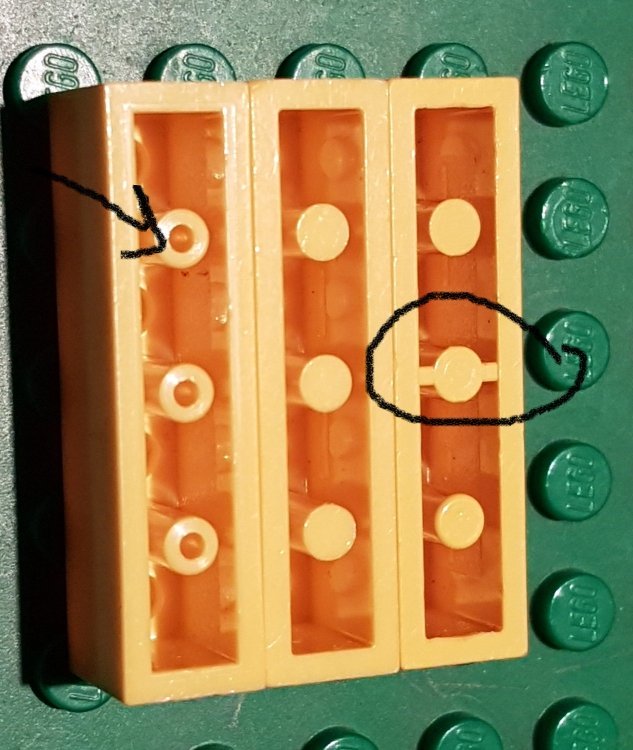I have some pre-2000 (rough date to split the collection to old/new) System and Technic sets that are from different sources: some are from my childhood, while others have been acquired in "used" as well as "new" condition. They share a common property compared to newer sets - brick clutch power in older sets is a lot stronger. And this is something of a common observation in AFOL community.
Take Technic 8880 set for example. You can feel greater power is required to assemble and take apart Technic bricks compared to what would modern same parts needed. They are not damaged or bent, and still look the same as new part. I've also noticed, when handling the assembled model, you can hear many connection points squeak, which isn't a case with modern sets.
It is known TLG made a change from pre-colored plastic pellets to "base + colored dye" used in production these days. Newer bricks have slightly different properties too, like they doesn't yellow as much as old ones. So obviously, some changes were made to plastic formula, but it is still ABS plastic (question is about opaque colored bricks).
So I wish to understand what's the reason behind this.
- Was the clutch power always like that for bricks of that era?
- Is it because of chemical nature where some elements within ABS plastic mixture cause clutch power to change?
- Maybe some physical nature like temperature or humidity causing plastic to degrade/shrink over time?
Ideally I would like to see answers with facts, but keeping in mind TLG may be good at keeping their secrets I'm open to all the answers with some sort of proof of the statement.

